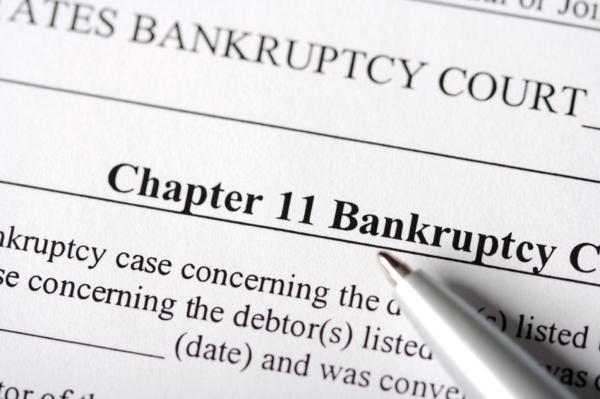
General Motors (GM) Chapter 11 bankruptcy shook corporate America. GM was a giant that was perceived as a super-company that could do no wrong. When GM declared Chapter 11 bankruptcy in 2009, investors, companies, the stock market, and the whole financial world was swept off its feet.
GM filed for Chapter 11 bankruptcy, which is also referred to as business debt restructuring.
Chapter 11 bankruptcies allow a company to continue operating by granting it more time to repay its debts. The company has to first file its financial documents and a reorganization plan with the bankruptcy court. A majority of the creditors have to approve of the reorganization plan and the company must execute the plan per its terms. Chapter 11 bankruptcy helped GM survive and reorganize its business and America heaved a collective sigh of relief. Here are the lessons that corporate America learned from GM’s bankruptcy:
- GM was liberal in extending credit to customers, and even to unqualified customers.
- GM also manufactured weapons. It persisted with the manufacture of weapons even though it was an unprofitable business.
- The company developed a huge ego. Its products were bestsellers once upon a time and the company continued to think it could do no wrong. It never ever imagined that it would get caught in corporate bankruptcy, but then when it passed its prime, the age began to show. Innovation went out of the window and management became shallow.
- The company did not read the market correctly. It produced unprofitable models that wiped out its profits.
- The company became bureaucratic – an example of how red-tape can lead to Chapter 11 bankruptcy. It was also mismanaged because the management went into procrastination mode.
- GM did not stop producing gas guzzlers. It did not respond to rising gasoline prices and customers switched from GM to more fuel-efficient cars made by other companies.
- GM splurged money on employees in good times. All this cash went down into a hole and when the times were bad, the debt began to show and all the company could do was opt for business debt restructuring.
- GM never cared about the competition. Car manufacturers were springing up in Asian countries and shaking up the market, but GM did not change with the times. It did not plan to take on the competition and ultimately, the competition invaded its market.
Ultimately, Chapter 11 bankruptcy helped GM reorganize its business.
The old management has been completely overhauled. Today, GM focuses on producing hybrid, fuel-efficient and green cars. It has discontinued all unprofitable gas guzzlers. The company spends money prudently on its employees and is a leaner and wiser business today.
Recession can hit any company, no matter how formidable it is.
Chapter 11 bankruptcy can help companies reorganize their business, initiate business debt restructuring and keep operating while repaying debts in the normal course of business. GM was lucky to survive. In fact, the American government did not want to see it fail.
These are the lessons learn from the rise and fall and the Chapter 11 bankruptcy of GM.
If you have a business that is in severe debt, you may be thinking about filing for bankruptcy (which is not as easy as it may seem). There are more possiblities to consider, including, business debt consolidation and debt management guidance. Go to http://www.business-bankruptcy.com for more information and facts regarding how to prevent business bankruptcy.

